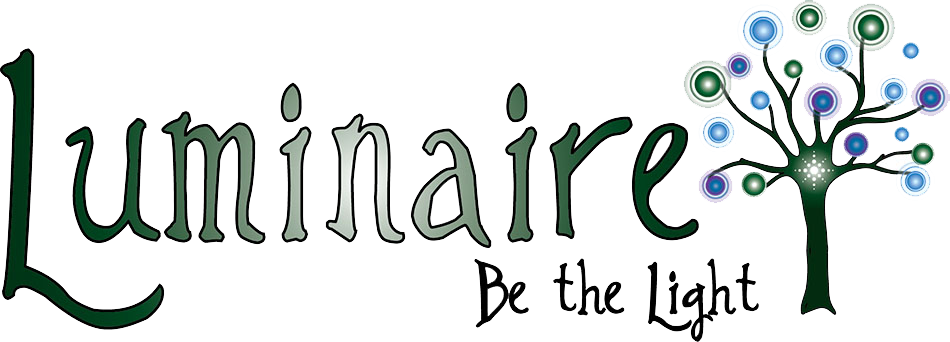I have a working premise that anything can be understood with an evolutionary lens. It helps sometimes, like appreciating the resurgence of moon exploration and deciding to vote for the local recreation district.
Why we are motivated to explore the moon is the perfect example. In the Sixties it was a race to be first, an ethnocentric incentive to have the best science, government, and astronauts. We were also leaning into more evolved reasons—to advance science and inspire the world with something creative and visionary. We eventually moved into a more worldcentric set of values with the International Space Station.
Over 50 years later, lots of people are plotting paths to the moon again. This time with even more visionary technology, collaboration, and incentives that transcend borders and represent a wider pluralism. Maybe the advancements of space science and travel will take us out of the limits of tribal thinking.
The majority vote on the recreation district this week didn’t reflect this pluralism. I understand the reasons why most of us rejected it. I felt the resistance too—another tax, resources diverted, uncertainty about implementation. And, something in me said, Lean out of those ways of thinking. Agreeing to fund recreation supports more worldcentric values. We need a better concept than tax, we have to understand that recreational and social opportunities support the greater good, and we must trust the organizers.
That’s a lot to ask. It takes courage, especially the trusting. Generally I’ve found that trust over suspicion is a lot more fun and keeps me healthier.
So this is my invitation. To lean into what’s possible. Sometimes we don’t fully understand it. Why fund science trips to the moon or a local field house when people are hungry or struggle to pay bills? Those are legitimate concerns. We can care about it all. Funding the new fancy stuff will help in ways we cannot predict.
Yes, and. This too. Remain inspired. And lean into something beyond yourself.
![NASA, ESA, and The Hubble Heritage Team STScI AURA) [Public domain]](https://healthspiritcoach.files.wordpress.com/2019/05/nasa-esa-and-the-hubble-heritage-team-stsci-aura-public-domain.jpg)
Spiral Universe from the Hubble Telescope. NASA, ESA, and The Hubble Heritage Team STScI AURA) [Public domain]
